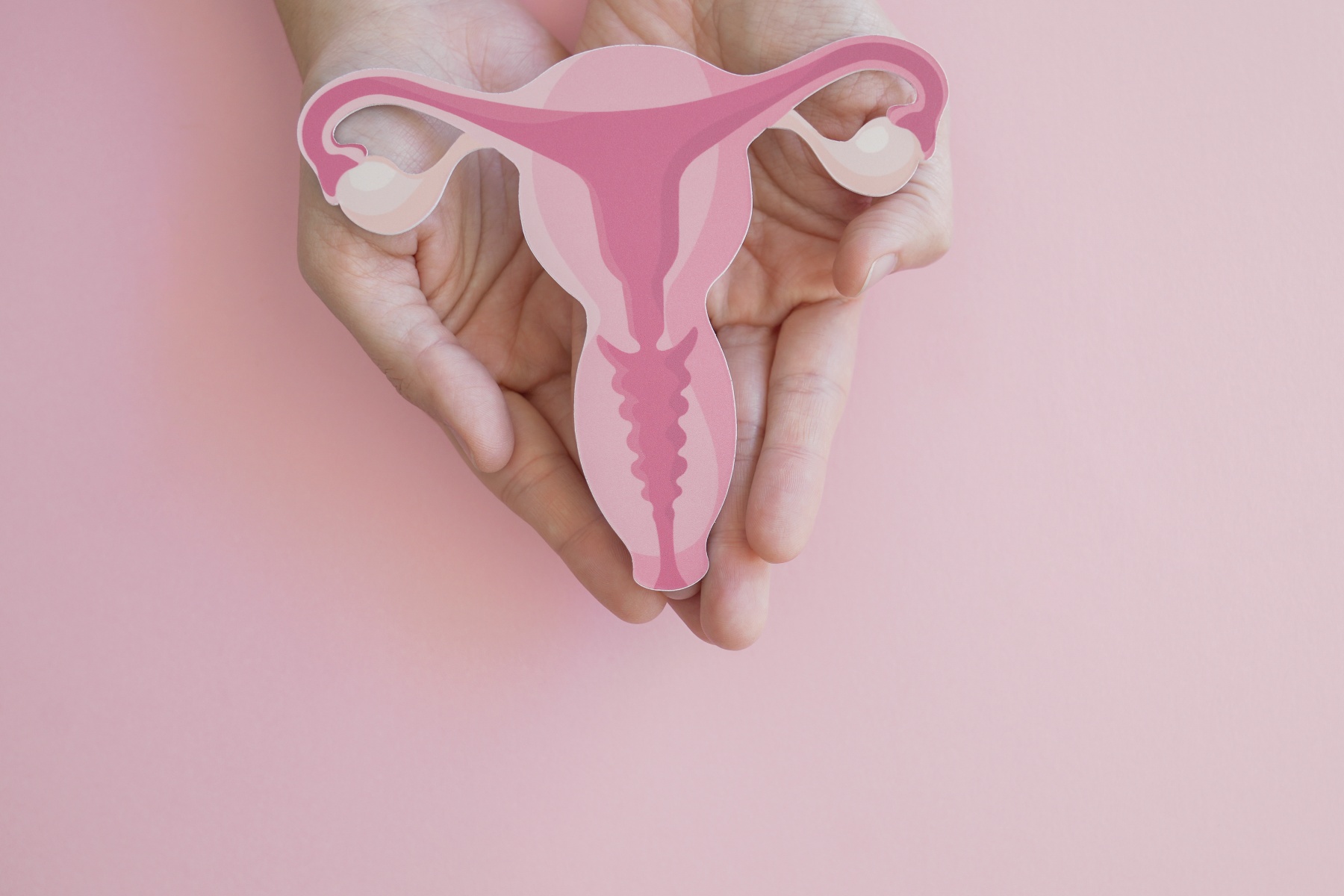
A few definitions to help you understand the ovarian cycle
The ovary is a female genital gland. It is a mixed gland. This means that it has both an endocrine action (production of female sex hormones) and an exocrine action (production of female sex cells). The ovaries, therefore, play a central role in controlling the female reproductive function.
The oocyte is the female reproductive cell. It is released by the ovary into the fallopian tubes during ovulation. It is in the fallopian tubes that the oocyte is fertilised by a spermatozoon.
The follicle is a cluster of ovarian cells containing an oocyte bathed in a liquid called follicular fluid. The follicle is considered to be the functional unit of the ovary, as it is involved in releasing the oocyte and producing hormones (particularly oestrogen).
Following ovulation, the follicle released from the oocyte is transformed into the corpus luteum. The corpus luteum plays an active role in the early stages of pregnancy, notably by secreting progesterone.
Phases of the ovarian cycle
The ovary functions cyclically. The classic ovarian cycle lasts an average of 28 days. It is divided into three phases: the follicular phase, ovulation, and the luteal phase.
The follicular phase initiates the female cycle. It begins on the first day of menstruation and ends with ovulation. This phase, therefore, lasts an average of 14 days. It corresponds to the maturation phase of the ovarian follicles. There are a total of six stages of follicular development.
Ovulation occurs on the 14th day of a 28-day cycle. It is controlled by a hormone: LH. Ovulation therefore only concerns the De Graaf follicle. Tertiary follicles that have not been selected degenerate. A baby girl is born with 1 to 2 million follicles. However, only 300 to 400 of these follicles result in ovulation, between puberty and menopause.
How does ovulation take place during a fertility journey?
The ovarian stimulation phase avoids the degeneration phase of follicles that have not been selected for ovulation. The aim is to recover several oocytes during the puncture in order to increase the number of potential embryos.
Following ovulation, the follicle undergoes a transformation into the corpus luteum. This plays a very important role in the implantation of the embryo in the endometrium and in maintaining the pregnancy. In the absence of an embryo, however, the corpus luteum degenerates, initiating a new menstrual cycle. This luteal phase occurs during the last 14 days of the cycle until the next menstrual period.
The growing follicles secrete oestrogen. The corpus luteum produces progesterone. These two hormones control the cyclical activity of the endometrium: the menstrual cycle.
Written by:
Fabien Duval, Ph.D.
Reproductive and Developmental Biology